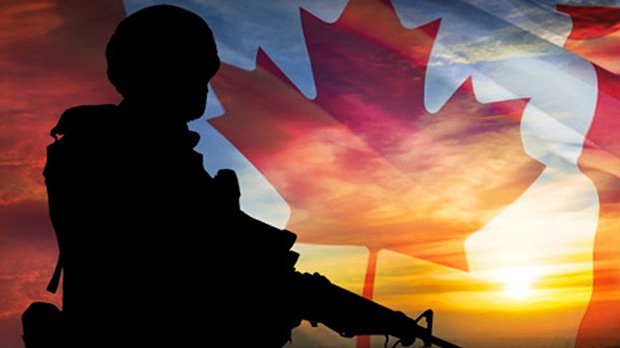The largest effort in 20 years to seek public input on Canada’s defence policy review officially ended yesterday.
All in all, the Department of National Defence (DND) received approximately 20,200 submissions to the Defence Policy Review online consultation portal and over 4,700 participants have contributed comments and votes using the online discussion forum.
The DND launched a series of public consultations on April 6, 2016, to obtain feedback from interested Canadians, international allies, and key stakeholders on the type of military Canada needs in order to represent Canada’s interests at home and abroad.
Discussions focused on:
- the main challenges to Canada’s security
- the role of the Canadian Armed Forces (CAF) in addressing current threats and challenges
- the resources and capabilities needed to carry out the CAF mandate
“I want to thank Canadians, Parliamentarians, experts, academics, key international Allies and partners who contributed to this important discussion about the future of Canada’s defence policy,” Defence Minister Harjit Sajjan said in a statement yesterday. “I am confident that the information gathered over the last four months will help inform a new defence policy that balance priorities, responds to emerging challenges, and invests in the Canadian Armed Forces.”
Shift in strategic context
Over the coming months, DND will be compiling and will review the information received from online submissions, stakeholder roundtables and discussions with Parliamentarians and key international Allies and partners. This will help inform the development of Canada’s new defence policy to be launched in early 2017.
Over the last couple of decades, the strategic context in which the CAF operates has shifted dramatically, according to the DND.
“Canada is facing a range of new challenges, from the rise of terrorism in ungoverned spaces to the expanded use of hybrid tactics in conflict to new opportunities and vulnerabilities associated with space and cyber domains,” a DND statement said. “Important choices will have to be made to ensure that the Department of National Defence (DND) and the CAF have what they need to confront new threats and challenges in the years ahead.”
Since World War II, the Canadian defence policy has stressed three main objectives:
- The defence of Canada
- The defence of North America in co-operation with United States forces
- Contributing to the broader international security
During the Cold War in the 1950s through the 1970s, the focus shifted to include contributing to the security of Europe in the face of the Soviet military threat.
Involvement overseas
As the North Atlantic Treaty Organization moved its focus to “out of area” concerns, the Canadian military saw involvement in international operations in various parts of the world including Afghanistan in the 2000s.
The current Canada First Defence Strategy orients the Canadian forces to carry out missions in Canada, North America and the rest of the world. The strategy focuses on six core missions:
- Conduct daily domestic and continental operations, including in the Arctic and through NORAD(the North American Aerospace Defense Command);
- Support a major international event in Canada, such as the 2010 Winter Olympics;
- Respond to a major terrorist attack;
- Support civilian authorities during a crisis in Canada such as a natural disaster;
- Lead and/or conduct a major international operation for an extended period; and
- Deploy forces in response to crises elsewhere in the world for shorter periods.
The Canadian forces have been saddled by procurement processes flaws that have caused many materiel programmes to be delayed and go over budget, hindering the capability to provided land, sea and air forces to the equipment they need.
Procurement flaws
For instance, programmes such as the National Shipbuilding Procurement Strategy (NSPS) has been mired in controversy and wrangling among local providers. Delivery of some vessels for the Navy have been delayed and have gone over budget.
The military is also now faced with the challenges of dealing with evolving threats that included cyber- attacks as well as threats from state-sponsored terrorists and rogue nations.
Just last month, when the Liberals announced the federal budget for 2016, it was revealed that some $3.7 billion earmarked for the acquisition of new planes, ships and vehicles for the military, would be once more postponed.
The Conservative, in two previous budgets, also postponed defence purchases. Now, the total deferred defence purchases have reached $10.4 billion.
Some observers interpret the Liberal’s decision to delay using the $3.7 billion planned for equipment purchases as a budget cut.
However, Sajjan, who took credit for that decision, said it will ensure that the money will be available when the military needs it.

